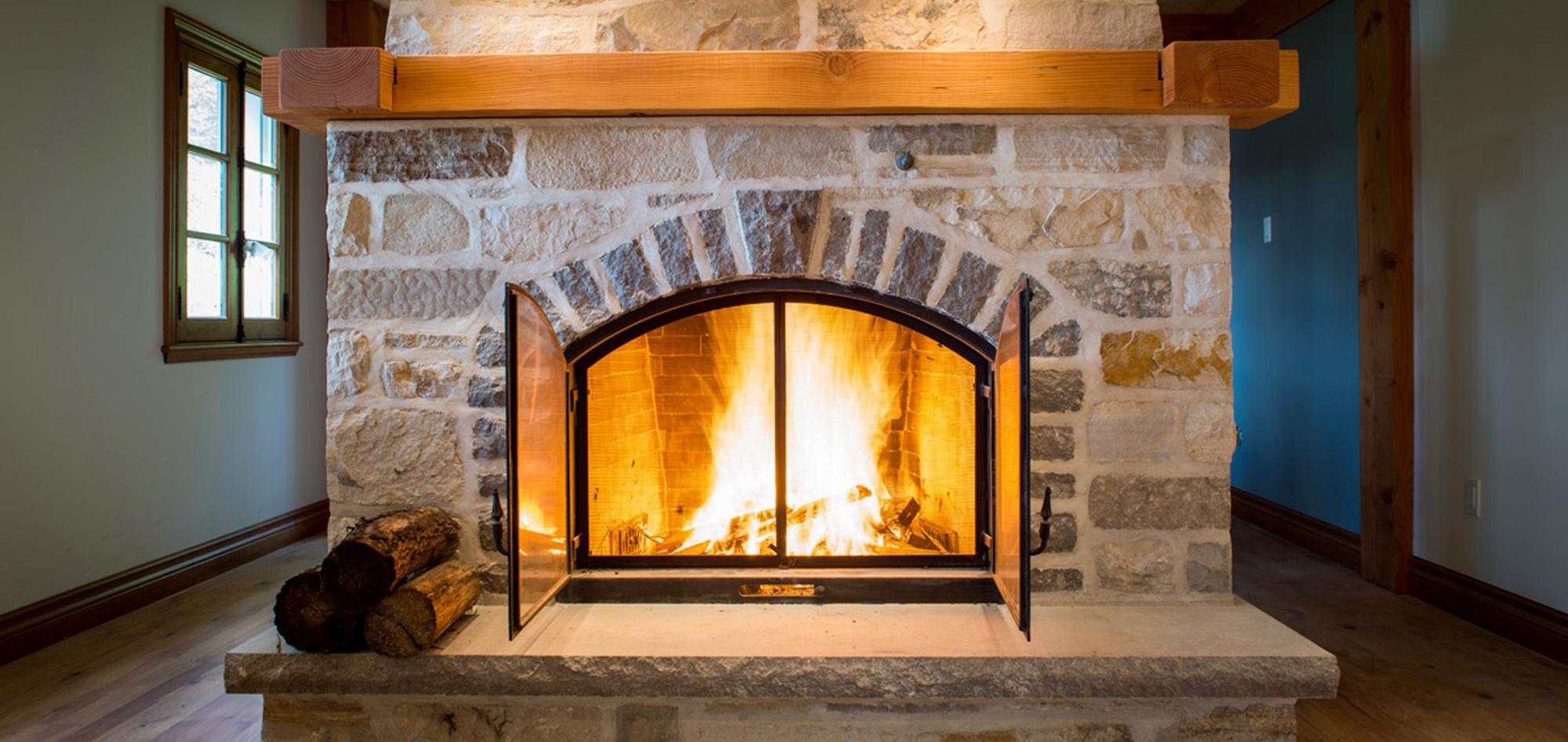
Creosote – What is it and what is the danger associated with it?
Do you know what creosote is?
Creosote is formed from incomplete wood combustion. When a combustible burns, this creates heat. When smoke is not properly vented out of the chimney, it cools down inside the chimney’s walls and builds up.
How is creosote created?
When combustion temperature is not high enough, smoke escapes slowly, which promotes liquefaction of gas. Inversely, a higher combustion temperature will increase the chimney’s draw thus allowing smoke to escape quicker before it can liquefy. Thus, higher combustion temperatures will prevent creosote build-up on the chimney’s walls. If combustion temperature is not high enough, creosote build-up will occur with use.
What creates creosote build-up?
Many reasons may explain creosote build-up inside chimneys. Low calorific value may cause creosote build-up. Low density wood or wood which contains a lot of sap may contribute to a lower calorific value. Thus, combustion intensity will not be high enough - which will ultimately create creosote build-up.
Another cause of creosote build-up is poor chimney sealing or poor chimney maintenance. A badly sealed chimney or poorly maintained one will cool off smoke too quickly resulting in creosote build-up.
How can you avoid creosote build-up?
During fire season, the best way to prevent creosote build-up is to avoid smoke cool-off before its being evacuated. As such, if you use your stove regularly, wood is often reignited with past embers, which creates a moderate or weak fire. It is thus recommended to start a big fire once a day for at least 30 minutes to one hour. Temperature should reach 850 degrees Fahrenheit or 450 degrees Celsius. This will burn off the last fire’s embers.
Be warned – if you haven’t done such a high intensity fire before, it is imperative to have your chimney cleaned by a professional before attempting to do it. Moderate to high creosote build-up, caused by less than a cord of wood, is enough to create a chimney fire. This technique is only to be considered after you’ve had your chimney swept or installed. Further, before igniting such a high-intensity fire, please ask an expert if your chimney has been built to sustain this kind of heat.
When outside temperatures become warmer, a chimney sweep executed by a certified professional allows for a deep chimney cleaning on top of removing excess creosote build-up.
All in all, creosote is highly inflammable. It is thus primordial to keep proper chimney maintenance and to insure proper combustion to prevent creosote build-up. A chimney sweep once a year is the proper way to insure your chimney is in its best shape possible and that all the creosote from previous fires has been removed.

